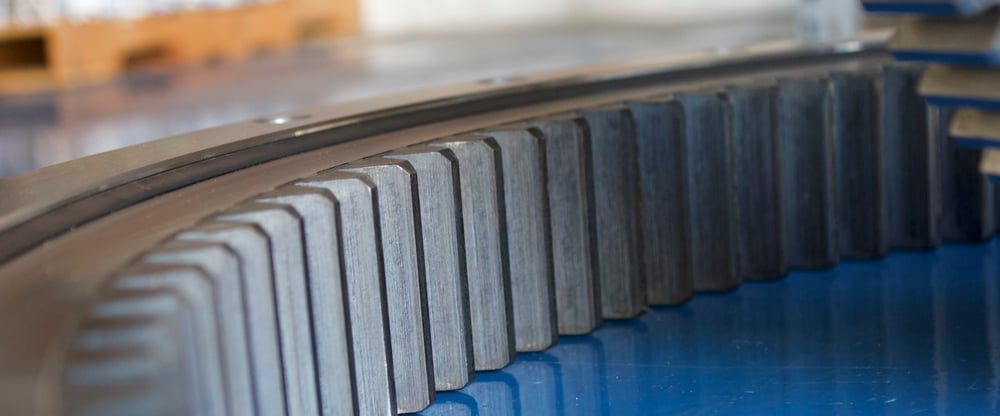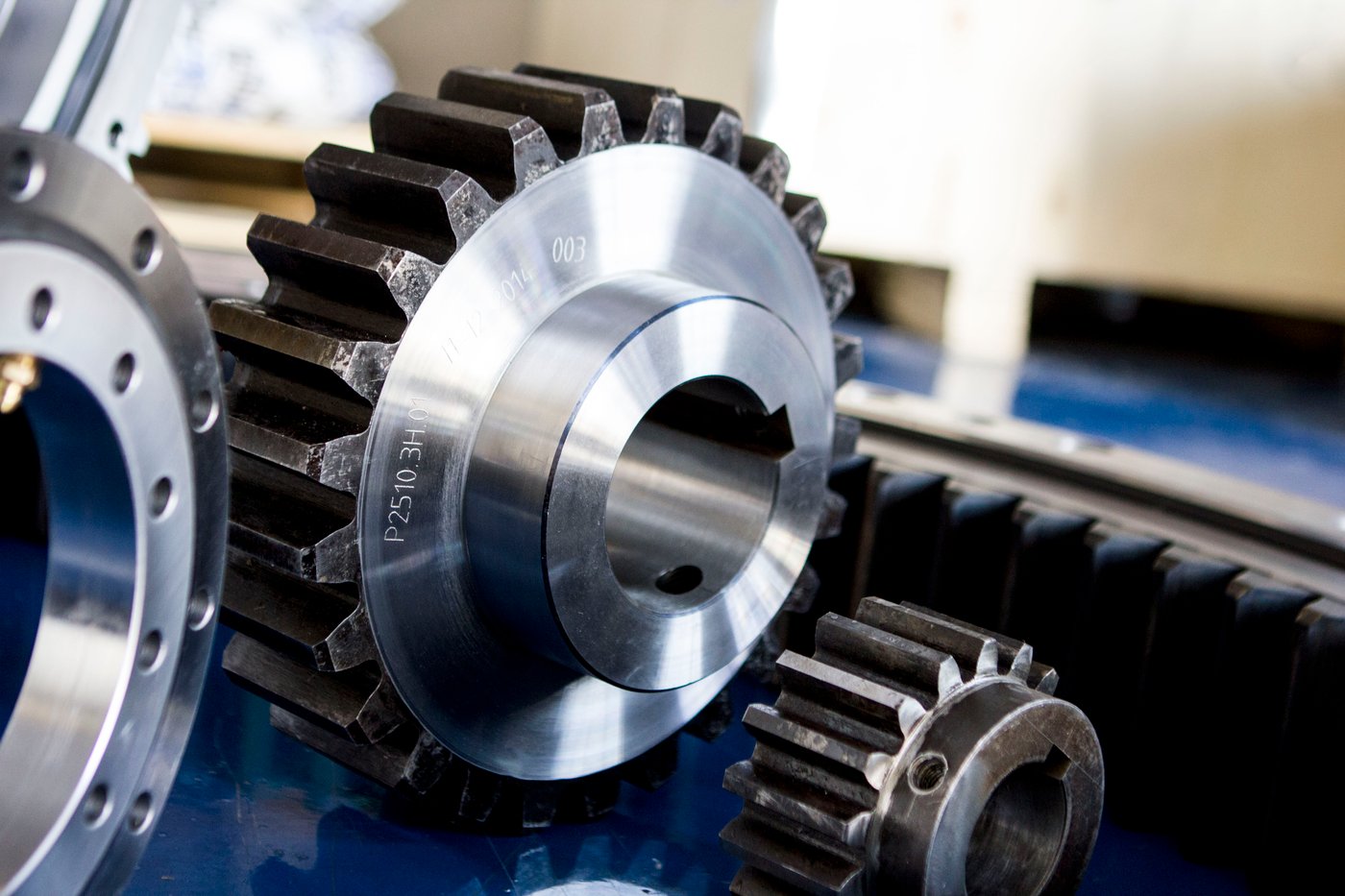Slewing rings are the workhorses behind rotational motion in cranes, excavators, wind turbines, military platforms, and more. But even the most ruggedly engineered slewing ring can fail prematurely without the right lubrication strategy. The truth is, long-term performance isn’t just about materials and tolerances. It’s about maintenance.
At SlewPro, we understand that protecting your investment starts with understanding how lubrication impacts performance and lifespan. Here’s what every equipment operator and engineer should know.
Why Lubrication Matters
Slewing rings operate under high loads and slow speeds, ideal conditions for metal-on-metal wear if not properly lubricated. Grease plays a critical role in reducing friction, displacing contaminants, and preventing corrosion. Poor lubrication can lead to early failure, costly downtime, and even safety hazards.
Choosing the Right Grease
Not all greases are created equal. The right choice depends on the operating environment and load conditions. Here’s what to look for:
- Base Oil Viscosity: Higher loads and slower speeds require higher viscosity.
- Thickener Type: Lithium-complex or calcium-sulfonate greases are common in slewing rings for their water resistance and high load-carrying capacity
- Additives: Look for EP (extreme pressure) and anti-wear additives for demanding applications.
- Temperature Range: Choose grease rated for your ambient and operational temperature range, especially in extreme cold or high heat.
SlewPro typically recommends NLGI Grade 2 EP grease with solid lubricants like molybdenum disulfide for most industrial applications. For environments with water, dust, or heavy shock loads, like mining or marine, more specialized grease may be necessary.
Maintenance Intervals & Best Practices
Regular lubrication is the simplest way to extend the life of your slewing ring. A good maintenance program includes:
- Initial Greasing After Installation: Even pre-greased rings should be lubricated after mounting to ensure full film coverage.
- Routine Re-Greasing:
- Standard usage: Every 100–200 operating hours.
- Heavy-duty or outdoor use: Every 50–100 hours.
- Idle storage: At least once every six months to prevent corrosion.
Always rotate the bearing during re-greasing to distribute grease evenly and push contaminants out.
Warning Signs of Wear or Lubrication Issues
Catch problems early by watching for:
- Increased noise or vibration during rotation
- Irregular torque or resistance while moving
- Grease leakage around the seals
- Visible contamination like dirt, metal flakes, or water in used grease
- Excessive axial or radial play
If you notice these issues, schedule a thorough inspection. Ignoring them could lead to raceway damage, gear failure, or catastrophic bearing lock-up.
Protect Your Investment
The bottom line? A well-lubricated slewing ring runs cooler, quieter, and longer. SlewPro slewing rings are designed for durability, but to get the most from your equipment, you need to match great engineering with consistent care.
Want help selecting the right slewing ring and lubrication strategy for your application? Our team is here to help.




